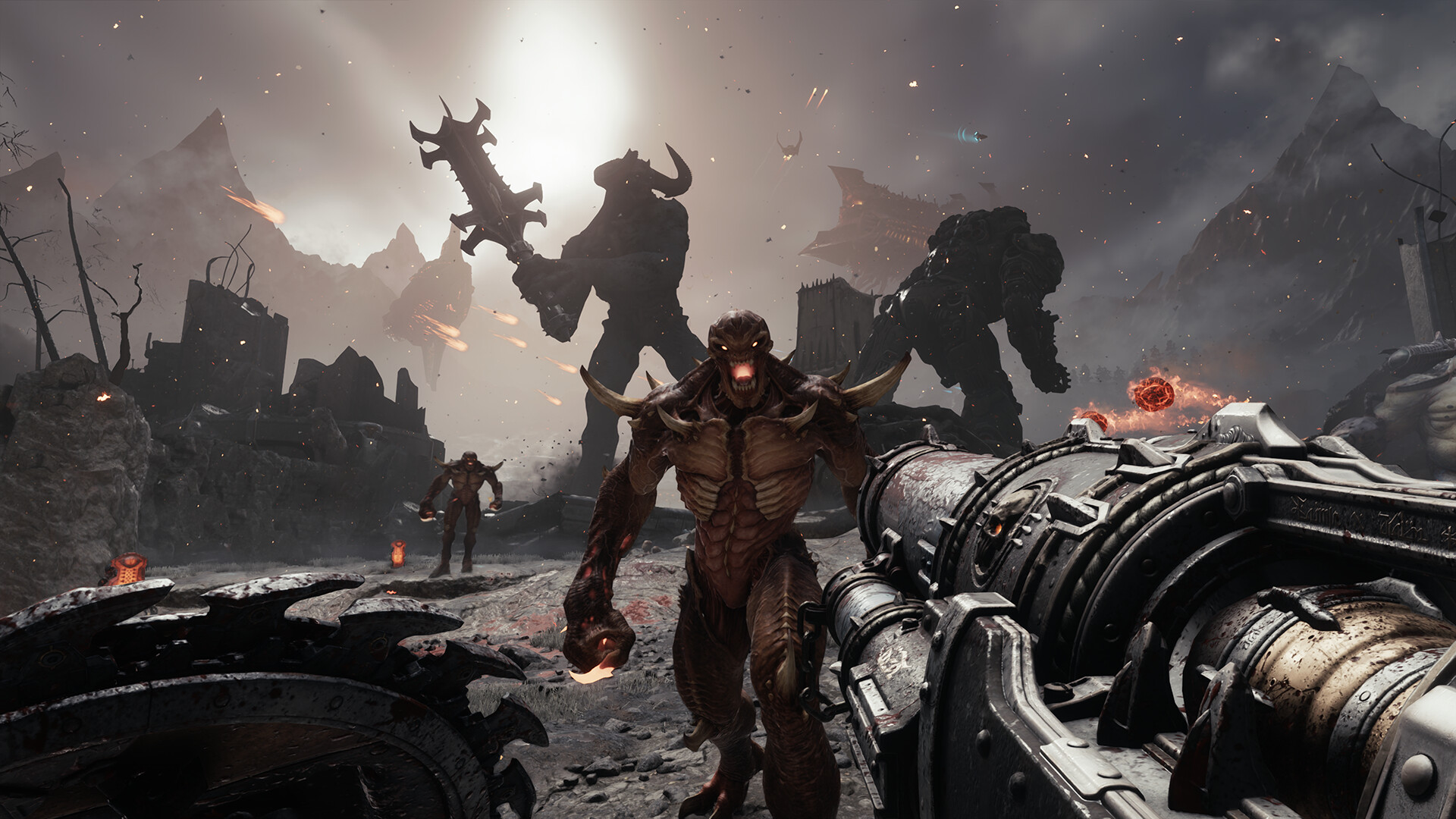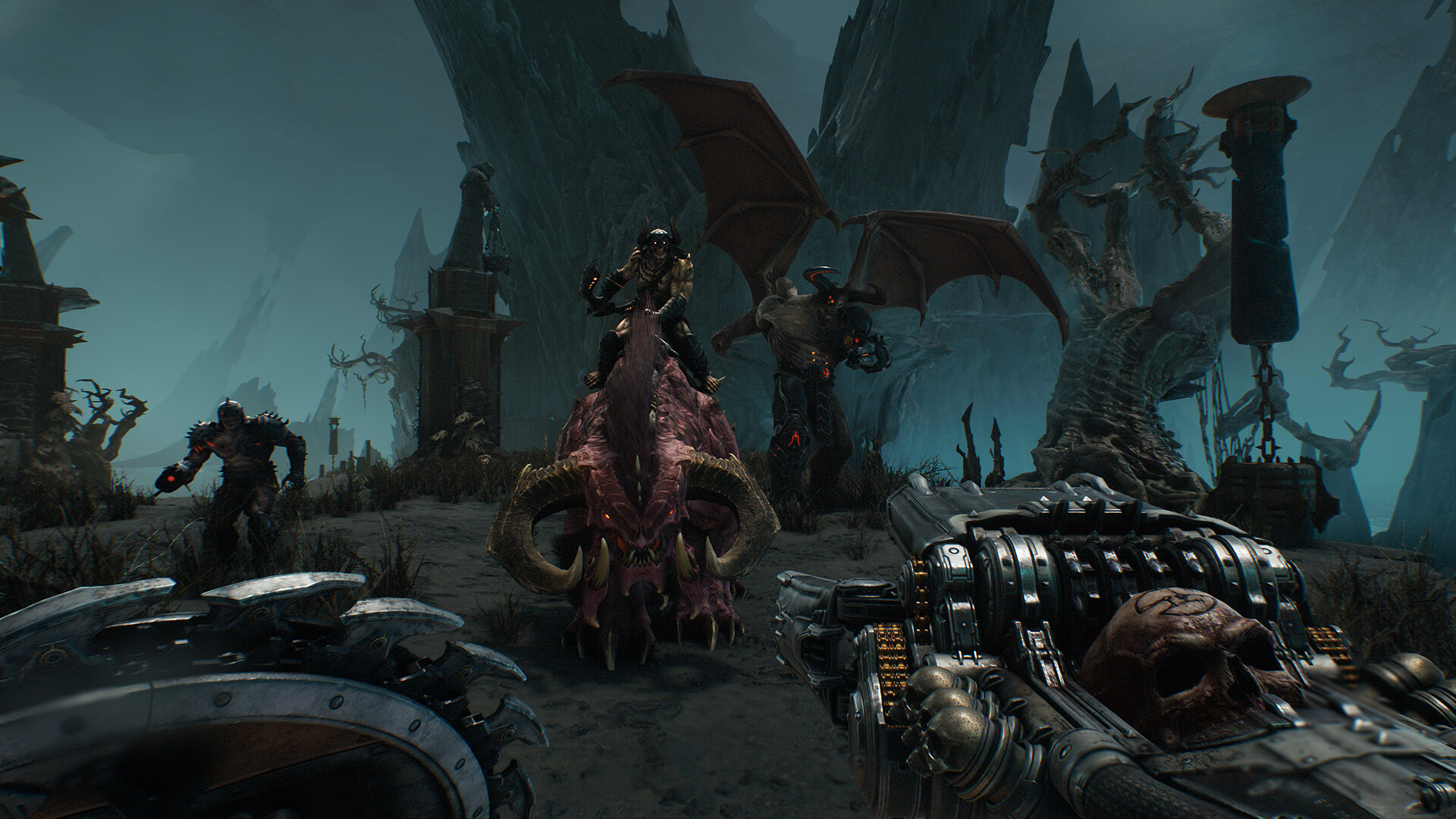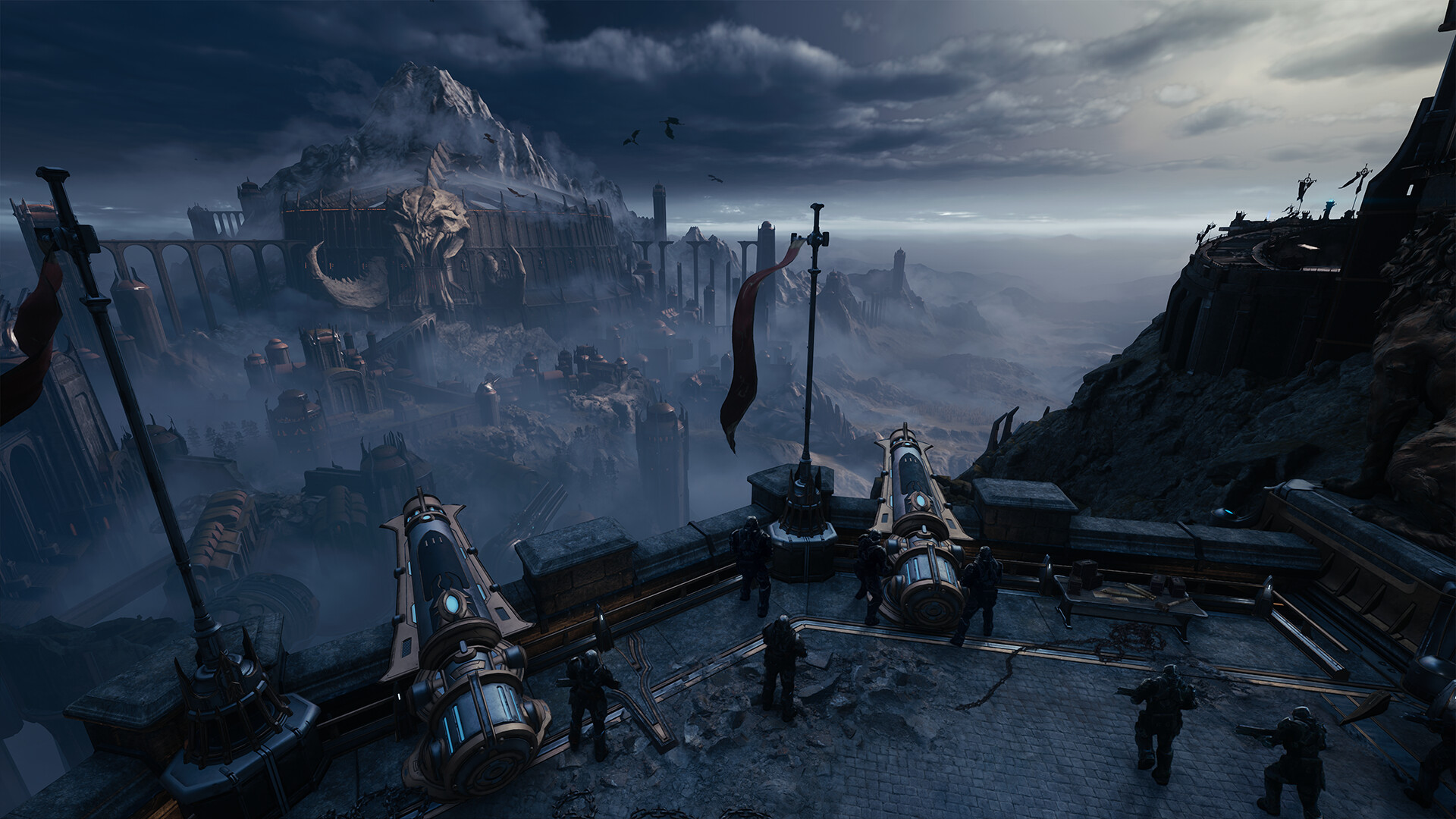
For quite some time, I would have categorized first-person shooter games as my least preferred genre in video gaming. The contemporary military shooter used to put me to sleep, but fortunately, things began shifting around 2016 when the revamped Doom series emerged, reintroducing the boomer shooter and leading me to understand that it wasn’t first-person shooters I disliked, but rather Call of Duty’s constant requirement for me to hide behind cover.
As a devoted fan, I can’t help but acknowledge that the thrilling concepts that made Doom 2016 and Eternal such an exhilarating experience are very much alive and kicking in this game. It’s all about barreling forward, shotgun at the ready, and unleashing chaos on anything with a pulse, while staying agile to dodge the relentless onslaught of creatures from the netherworld that come hurtling towards me.
The standout feature is the shield, which adds an extra layer of intensity to the show’s chaotic action. Contrary to its usual defensive role, The Dark Ages redefines it as a potent offensive weapon in your collection. When you raise it to block, you can target a demon and then rush towards it at top speed, causing significant damage not only to the targeted demon but also to any nearby demons.

In itself, that’s remarkably impressive. The thrill of charging into a battle, vaporizing a group of less powerful demons with your shield in an instant, is truly remarkable, and it significantly improves the game’s mobility since you can swiftly dash across the battlefield at any moment. Moreover, in the second level of the game, you are equipped with chainsaw blades on the end of your shield, allowing you to hurl it at opponents, instantly dismembering weaker ones and stunning the stronger ones.
The standout feature is its innovative block mechanism. When an adversary’s attack emits intense green energy, whether it’s a close combat strike or a ranged projectile, you can strategically time your shield lift to block the attack, thus avoiding any harm and momentarily immobilizing the enemy. Contrary to a leisurely parrying system like Dark Souls, this one syncs well with the game’s overall fast-paced action.
In most battles against demons, their swift attacks offer minimal response time, requiring quick reactions similar to those honed throughout the game’s action sequences. This leads to thrilling encounters, such as when a powerful demon pummels you with ranged gunfire, forcing you into close quarters and then unleashing a flurry of attacks meant for parrying. These moments demand constant vigilance and quick decision-making, as you must capitalize on brief opportunities between each parry to strike effectively.

This significantly amplifies the greatness that the series is known for, making it even more intense. Escaping a confrontation by mere luck is challenging, but when you’re at death’s door and must swiftly dodge multiple attacks before being granted one of the game’s iconic glory kills, which restores your health and ammo, takes the experience to an entirely new height.
The team has mastered the art of tailoring a variety of challenge levels. Whether you’re seeking an unadulterated power fantasy as the Doom Slayer, known for striking terror, or prefer a more grueling experience where mistakes lead to instant defeat, there are modes available to suit your preference. Moreover, the game offers immense flexibility in customization. You can adjust enemy aggression, parry window size, game speed, and numerous other options, ensuring a personalized gaming experience.
You should be careful not to delay the game too much because it now features expansive areas to explore. Although the game remains linear overall, certain stages have been transformed into vast open spaces filled with additional missions and hidden treasures to find. These extras are enjoyable, but they can slow things down when you’re meticulously checking every corner for hidden secrets or if you need to retrace your steps across the entire map due to missing a secret area, only to see “98% completion” on the summary screen and not being able to tolerate it. However, if you choose to bypass all the extra activities, these stages still maintain a good pace as you can quickly navigate between objectives and handle the major encounters with ease.
In The Dark Ages, two novel gameplay modes have been introduced: Atlans and Dragon levels. The Atlans are massive mechanical suits that allow you to pummel colossal demons until they perish. Their gameplay is straightforward, which explains why the game doesn’t overuse them extensively. It mainly involves dodging enemy assaults and continuously pressing the attack button until a finisher can be executed. While not exceptionally engaging, it provides a refreshing change of pace since it’s employed sparingly in brief segments throughout the game.

Though the dragon segments are more entertaining, they’re no match for the standard shooting gameplay. Engaging in a high-speed chase after a ship while firing away with a machine gun is thrilling, but it can be frustrating when you run into a bigger ship. At such points, you switch to a targeting mode where you must evade incoming attacks to boost your machine gun power and break through shields – similar to the gameplay in Atlan, but better in moderation. Unlike the Atlan segments, the dragon sequences are occasionally interspersed with traditional shooting action, like one of the early levels where you use the dragon repeatedly to disable airships so that you can blow them up from the inside.
In simpler terms, I appreciate how The Dark Ages segments provide a nice change from constant shooting, yet they don’t significantly improve the overall gaming experience. These segments offer some exciting moments, but compared to shooting, they are less engaging. They don’t ruin my enjoyment of the game, but I can’t say they make it better either.
The game “Doom: The Dark Ages” continues the series’ impressive streak of success by maintaining its fast-paced shooter gameplay and adding fresh mechanics to keep the action exciting. It manages to preserve the heart-racing experience, much like its predecessors “Doom 2016” and “Eternal”. I’m eager for more, but if we have to wait another five years for it, that’s fine by me – unlike the tiring annual releases of Call of Duty.
Read More
- Apothecary Diaries Ch.81: Maomao vs Shenmei!
- 30 Best Couple/Wife Swap Movies You Need to See
- USD ILS PREDICTION
- Everything We Know About DOCTOR WHO Season 2
- DC: Dark Legion The Bleed & Hypertime Tracker Schedule
- 9 Kings Early Access review: Blood for the Blood King
- Summoners War Tier List – The Best Monsters to Recruit in 2025
- Netflix’s ‘You’ Season 5 Release Update Has Fans Worried
- 10 Shows Like ‘MobLand’ You Have to Binge
- All 6 ‘Final Destination’ Movies in Order
2025-05-09 19:08